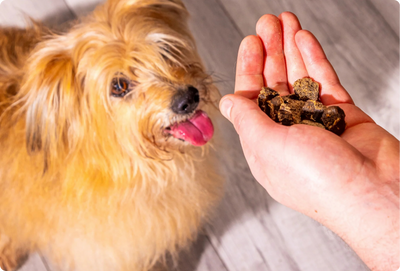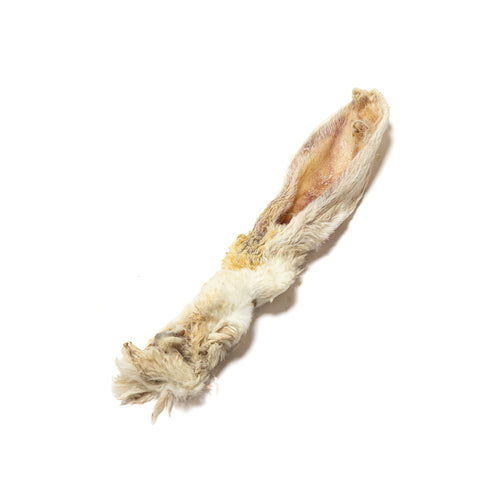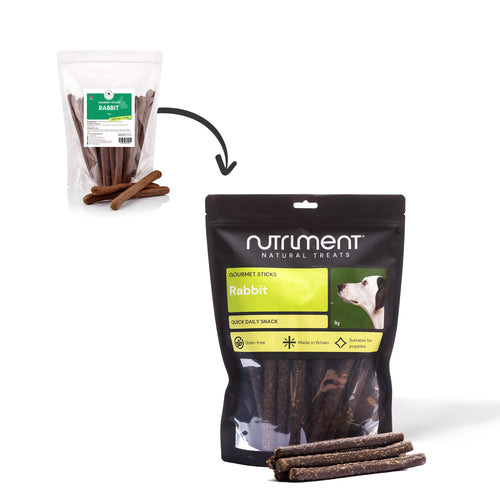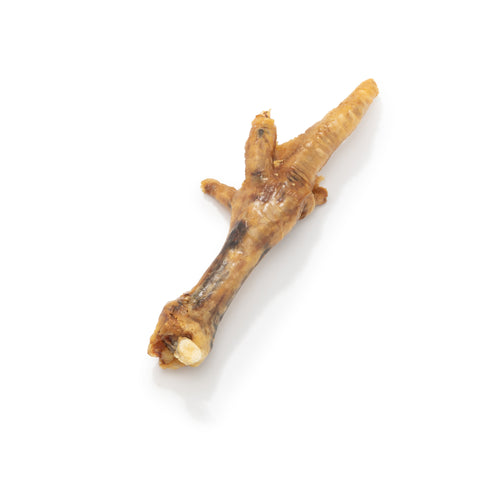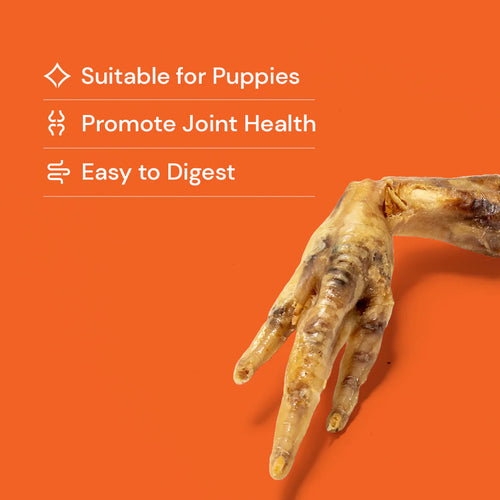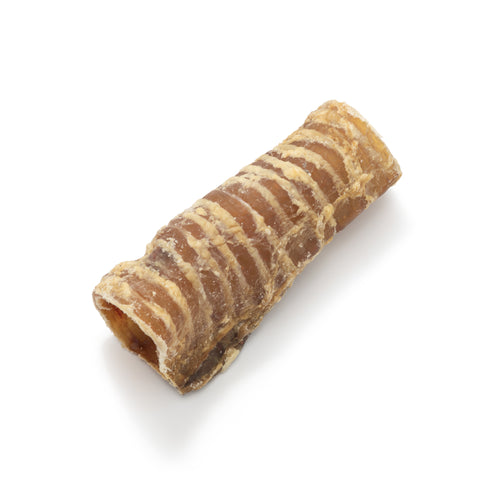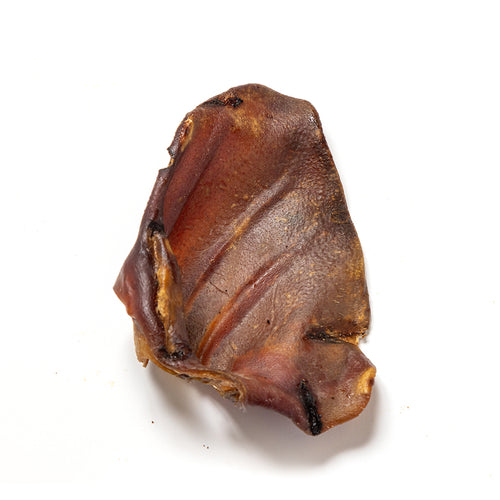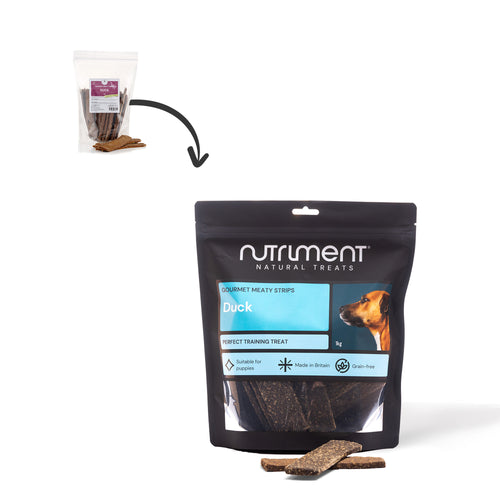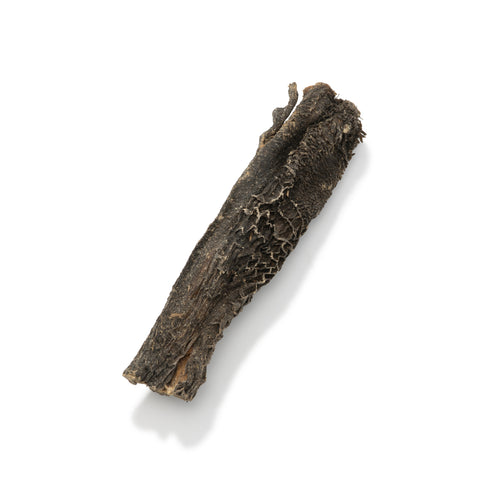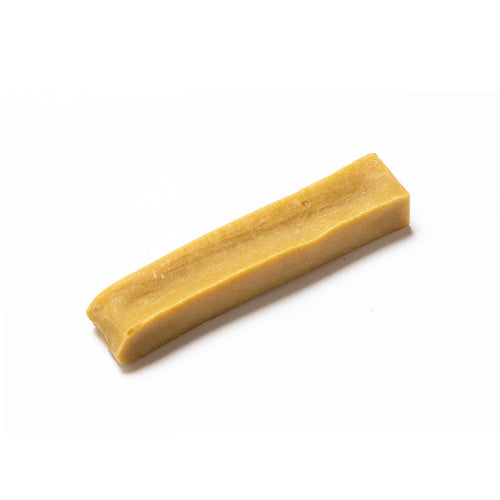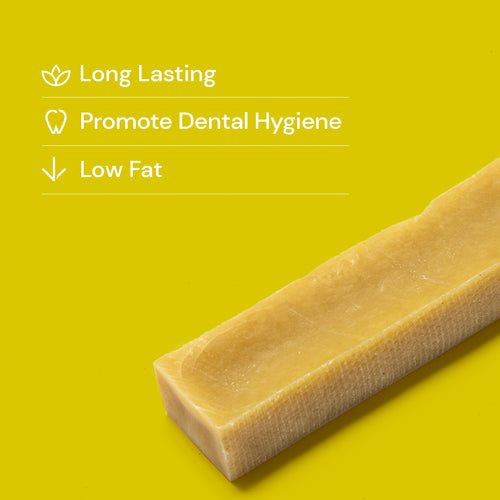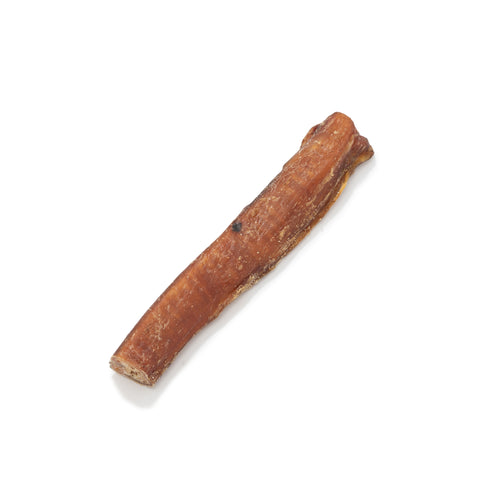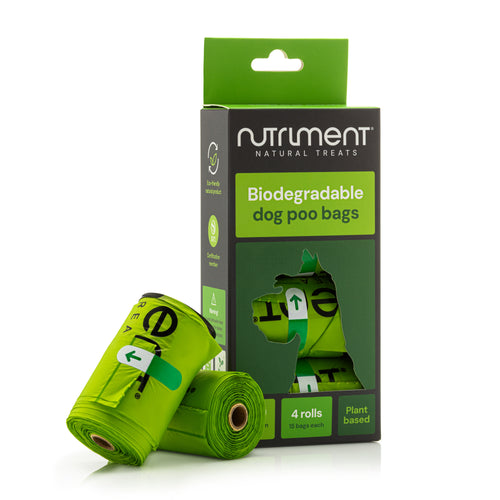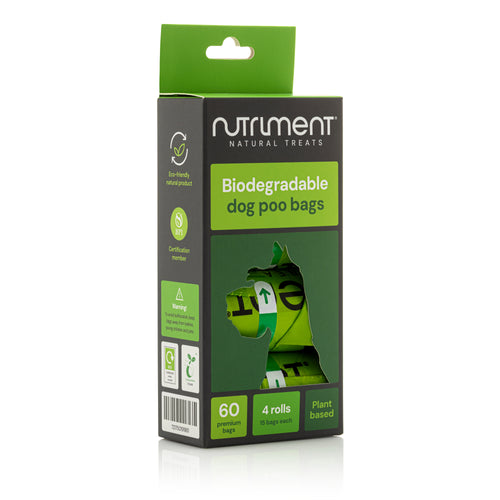
(Written by Georgia Hatton)
Summer is a time of fun and adventure for both humans and their furry friends. However, as the temperature rises, it's crucial for dog owners to be aware of potential hazards that can affect their beloved pets. From heatstroke to poisonous plants, there are several things to watch out for to ensure your dog stays safe and healthy during the summer months. In this blog, we will discuss the top things dog owners should be mindful of in order to keep their four-legged companions cool and protected.

Photo by YBag Media on Unsplash
Heatstroke
Heatstroke is a serious condition that can quickly become life-threatening for dogs. Unlike humans, dogs cannot sweat as efficiently, making them more susceptible to overheating. Watch out for signs such as excessive panting, drooling, weakness, vomiting, or even collapse. To prevent heatstroke, never leave your dog in a parked car, provide plenty of shade and fresh water, and avoid strenuous activities during the hottest parts of the day. If you suspect heatstroke, move your dog to a cool area, wet their body with cool water, and seek immediate veterinary attention. Very young or elderly dogs, those with thick coats and brachycephalic (short-nosed) breeds, such as french bulldogs and pugs, are all at increased risk of developing heatstroke, so care needs to be taken with these dogs in warm weather. It takes around 60 days to acclimate to a change in temperature - sudden changes in temperature over a short period of time - such as a couple of days - can lead to dogs being more at risk of heat stroke in the earlier part of summer.

Hot Surfaces
Pavements, asphalt, and sand can become scorching hot during summer days, leading to painful burns on your dog's paw pads. Before taking your furry friend for a walk, check the temperature of the ground by placing your hand on it. If it feels too hot for you, it's too hot for your dog. Opt for early morning or late evening walks when surfaces are cooler, or if you must take them out in the middle of day, invest in protective booties for your pup. Additionally, providing a designated area with soft grass or a cooling pad can offer relief from hot surfaces at home.
Parasites
Summer is the peak season for fleas and ticks which can cause a range of health issues for dogs - it can take just 3 weeks for an adult flea to develop from an egg in summer! These pesky parasites can transmit diseases such as Lyme disease and various species of internal worms. Protect your dog by using veterinarian-approved flea and tick prevention products in the summer months and by regularly checking your dog's fur and skin for signs of fleas or ticks, and promptly removing any you find. Some areas, such as the New Forest, Exmoor, the South Downs, Thetford Forest, the Lake District, the North Yorkshire Moors, and the Highlands and Islands of Scotland are particular hotspots for ticks, so take extra precautions if holidaying in these locations.

Photo by Jonny Gios on Unsplash
Toxic Plants
Many common summer plants can be toxic to dogs if ingested. Some examples include lilies, azaleas, rhododendrons, sago palms, and certain types of ferns. Familiarise yourself with the plants in your garden or surroundings to ensure they are safe for your dog. Be cautious when taking your dog to public parks or other outdoor spaces, as they may have plants that are harmful to pets. If you suspect your dog has ingested a toxic plant, contact your veterinarian immediately or reach out to a pet poison helpline for guidance. Some fertilisers used in the garden and on farms are poisonous, especially if they contain additional moss- killers or weed-killers. These tend to be in the form of phenoxy acids and can cause a range of problems in cats and dogs if ingested. If you are in any doubt, call the Animal PoisonLine on 01202 509000 to find out whether a visit to the vet is required or not.
Water Safety
Swimming can be a refreshing activity for dogs during summer, but not all dogs are natural swimmers. If you plan to introduce your dog to water, ensure their safety by using a canine life jacket, especially if they are not experienced swimmers or will be in unfamiliar waters. Avoid leaving your dog unattended near pools, lakes, or the ocean. Even dogs with good swimming skills can become tired or get into trouble in water. Provide plenty of fresh water for your dog to drink, as drinking from contaminated bodies of water can lead to illness.

Photo by Good Free Photos on Unsplash
Summer is a season of joy and adventure, but it's essential for dog owners to be aware of potential risks that can harm their furry companions. By taking precautions against heatstroke, hot surfaces, parasites, toxic plants, and water hazards, you can ensure your dog has a safe and enjoyable summer. Remember to always prioritise your dog's well-being and seek professional veterinary help if needed. With proper care and attention, you and your furry friend can make the most of the summer months while staying happy and healthy.




